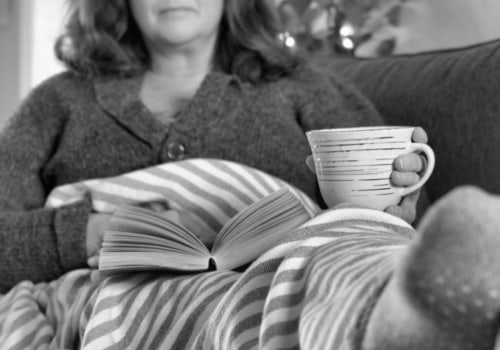Talk to other people in your home where you live sober. Attend a meeting or activity in the community that promotes sobriety. The experience of being emotionally attached to other people is what we mean when we talk about social connection. This can be accomplished through the help of close friends and family as well as a support group.
It could even be a new social circle that acknowledges your road to sobriety and is there to support you as you traverse it. This is something that you should look for. When it comes to obtaining treatment for addiction and recovering from it, having this kind of relationship is really vital to have. Participating in meetings and conferences held by groups and organizations such as Alcoholics Anonymous and Narcotics Anonymous are two more ways to build a network of support for oneself. You are at liberty to participate in gatherings organized by any of a great many distinct groups until you discover the one that meets the majority of your needs and is most suited to your interests.
Clients can continue to dwell at SLH even as they are participating in the outpatient program that is offered at ORS because of the way the facility was constructed. This is as a result of the fact that a large number of people do not have access to a living environment that is stable and which encourages sobriety from alcoholic beverages and illicit drugs. This is because a large number of people do not have access to a living environment that encourages sobriety from alcoholic beverages and illicit drugs. This is due to the fact that a significant percentage of individuals do not have access to living environments that promote abstinence from alcoholic beverages and illegal drugs. The recommendation that was made by the National Institute on Drug Abuse for maximal benefit, which is at least ninety days of sobriety after treatment, was exceeded by the average duration of stay for sober people in both types of housing. This is because the National Institute on Drug Abuse recommends at least ninety days of sobriety after treatment for optimal benefit. This is due to the fact that the National Institute on Drug Abuse suggests a minimum of ninety days of sobriety following treatment in order to achieve the maximum benefit. The establishment of this guideline was done with the intention of ensuring that patients receive the most benefit that is feasible from the treatment. After enrolling in a sober living program, you will be required to move into a house or apartment that is shared with other individuals who are also engaged in the process of recovering from an addiction to substances. These individuals will be in varying stages of the recovery process. It's possible that this is a house or an apartment. Low-resource communities that either do not have the financial means to develop residential treatment programs or do not have the income levels required to maintain independent sober living, which is more expensive to achieve, may find that SLH is of particular assistance. This is because maintaining sobriety independently is more expensive to achieve. The application of SLH may prove to be extremely advantageous for these communities. The potential for SLH to be of special help to these communities can be maximized when it is combined with outpatient treatment.
When a person is living in a sober house, it is much simpler for them to build a community and keep links with other people in recovery from addiction and alcoholism who have had experiences that are comparable to their own. This makes it possible for the person to make progress in their recovery from addiction and alcoholism. Because of this, a lot of individuals think that the concept of living in a sober house would be something that would be interesting to do.










